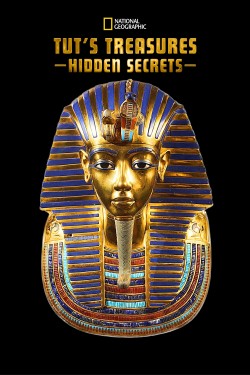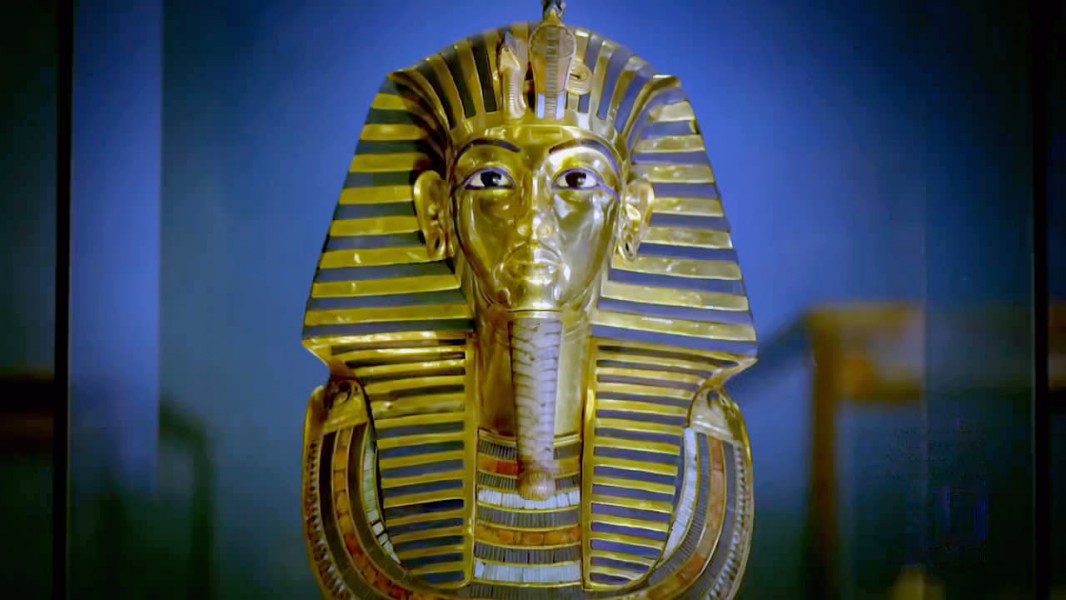Watch Tut's Treasures: Hidden Secrets 2018 Online free
Cast of Tut's Treasures: Hidden Secrets
Tut's Treasures: Hidden Secrets full movie
Tut's Treasures: Hidden Secrets streaming free
Tut's Treasures: Hidden Secrets download
Tut's Treasures: Hidden Secrets online free
Where to watch Tut's Treasures: Hidden Secrets

- Home
- Genre
-
Country
- Argentina
- Australia
- Austria
- Belgium
- Brazil
- Canada
- China
- Czech Republic
- Denmark
- Finland
- France
- Germany
- Hong Kong
- Hungary
- India
- Ireland
- Israel
- Italy
- Japan
- Luxembourg
- Mexico
- Netherlands
- New Zealand
- Norway
- Poland
- Romania
- Russia
- South Africa
- South Korea
- Spain
- Sweden
- Switzerland
- Taiwan
- Thailand
- United Kingdom
- United States of America
- Movies
- TV Series
- Top IMDb
Share
Share with link
Via social

Tut's Treasures: Hidden Secrets
When Howard Carter discovered the tomb of Tutankhamun in 1922, it generated headlines all over the world and sparked an interest in ancient Egypt among people all over the world. But in the decades that have passed since the discovery, many of the magnificent grave goods from the pharaoh's tomb have vanished into the storage areas of museums and archives all around Egypt. At the brand-new Grand Egyptian Museum, all 5,398 artifacts are, for the very first time since their discovery, being brought back together again. Together, they shed new light on the short, eventful life of the so-called "Boy King" and are now helping experts realize the sheer scale of Tutankhamun's influence in the ancient world. Many of these artifacts have never been seen before, but together they shed new light on the short, eventful life of the so-called "Boy King."
Read full
When Howard Carter discovered the tomb of Tutankhamun in 1922, it generated headlines all over the world and sparked an interest in ancient Egypt among people all over the world. But in the decades that have passed since the discovery, many of the magnificent grave goods from the pharaoh's tomb have vanished into the storage areas of museums and archives all around Egypt. At the brand-new Grand Egyptian Museum, all 5,398 artifacts are, for the very first time since their discovery, being brought back together again. Together, they shed new light on the short, eventful life of the so-called "Boy King" and are now helping experts realize the sheer scale of Tutankhamun's influence in the ancient world. Many of these artifacts have never been seen before, but together they shed new light on the short, eventful life of the so-called "Boy King."
Genres:
Production:
N/A
Country:
Duration:
N/A m
Related
Secrets We Keep
TV
SS 1 / EPS 6
7
Hidden Love
TV
SS 1 / EPS 24
?
Secrets of the Penguins
TV
SS 1 / EPS 3
6.8
Hidden Master
TV
SS 1 / EPS 30
?
Santa's Chimney of Secrets
2024
65min
3.9
Secrets Between Sisters
2024
90min
5.4
Dawn Amidst Hidden Clouds
TV
SS 1 / EPS 22
?
Secrets
TV
SS 1 / EPS 8
7.4
Three Secrets
2024
92min
4.4
Murder for Mortgage: Secrets on Maple Street
2024
87min
6.3
Lies and Ex Wives: Secrets on Maple Street
2024
87min
6.1
Pavilion Secrets
TV
SS 1 / EPS 26
?
Treasures Around
TV
SS 1 / EPS 24
?
Hidden Era
2024
76min
?
Secrets of the Neanderthals
2024
81min
6.4
Hack Your Health: The Secrets of Your Gut
2024
79min
6.5
Connect us
© 2022 FullMovies with ♥

















Discussion